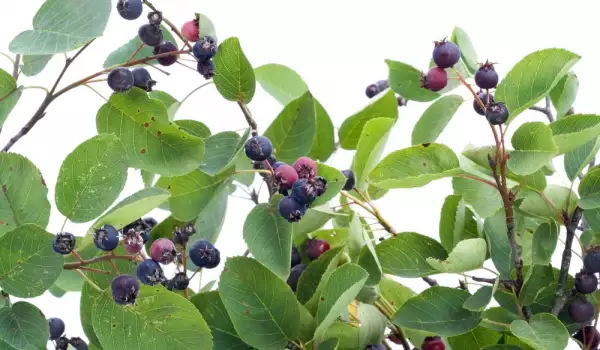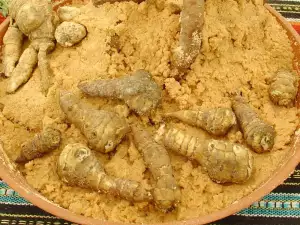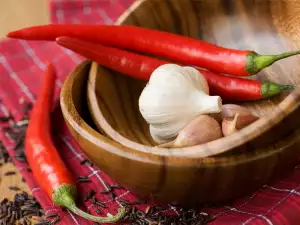Glossy buckthorn / Frangula alnus Mill / is a type of shrub or tree with a height of up to 19.5 ft (6 meters) and a shiny grey-brown bark. Older branches have darker bark. The leaves are ellipsoidal, whole, and tapered and shiny at the ends.
The flowers of buckthorn are tiny and pale green, located in the bases of the leaves. The fruits are pit-shaped, green at first, then they become red, and black when fully ripe. Glossy buckthorn blooms in May-August, while the fruits ripen from July-October.
Glossy buckthorn has long been used by Native Americans as a natural laxative. However, it became famous again for that specific quality in 1877. Glossy buckthorn was originally distributed mainly in America.
Composition of buckthorn
The fresh bark of buckthorn contains limited derivatives of antraiola and anthrone that cause nausea and vomiting by irritating the stomach lining. After drying and maturing, however, they undergo a number of changes.

The dried bark contains up to 7% of the monomeric glycoside glucofrangulin, which is the main active ingredient in the bark; the glycoside frangulin, small amounts of hrizofanol, ramnocerine, ramnol and bitter substances.
Besides all these compounds, buckthorn contains organic acids, essential oil and about 10% tannins. Fruits of buckthorn contain organic acids, pectin, dyestuffs, bitter substances frangulin acid, resins, mineral salts, etc..
Collection and storage of buckthorn
Buckthorn grows in deciduous and coniferous forests and scrubland, near rivers and streams. It is found up to 5576 ft (1700 m) above sea level. The bark of glossy buckthorn is collected in early spring / March-April / before the appearance of the leaves.
Ring-shaped cuts are made on the stems and branches with a sharp knife, 12″ (30 cm) apart from one another. Then it is cut lengthwise and the cortex is removed, having the shape of a pipe. For therapeutic purposes, only use bark that is aged one year or has dried for 1 hour at 210°F (100 °C).
The dried bark outside is whitish-brown. It has no odor, but a bitter and astringent taste. The fruits of buckthorn are harvested at their full maturity and dried in ventilated rooms or in the sun.
Mountain buckthorn should not be collected because it contains very little active ingredients. Upon heating of the rind with water, a brick-orange color is observed, while buckthorn has a visible morello-red coloration.

Benefits of buckthorn
The herb has a very good laxative, purgative and cholagogue action.
Glossy buckthorn increases the peristalsis of the colon, without irritating the mucous membranes of the small intestine, so buckthorn bark is considered a gentle laxative. It is the most effective in chronic atonic constipation.
Today, most laxative medications contain buckthorn. It is suitable for use after rectal or anal operations, prevents pain and tension associated with the occurrence of hemorrhoids and anal fissures.
Compared with other laxatives, especially chemical ones, this is considered the safest, because it is not addictive.
The bark is used to make a brew that is made of 1-3 tablespoons of ground bark and water in a ratio of 1:10. Drink one cup, three times daily before meals.
Dangers of buckthorn
The laxative effect of buckthorn diminishes with long-term use. Simultaneously, toxicity is observed - muscle weakness, diarrhea, dehydration, weakness.
It may cause abortion, so it should not be used by pregnant women. Glossy buckthorn is not recommended during breastfeeding.
















